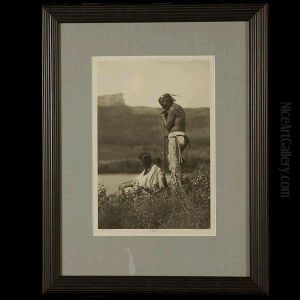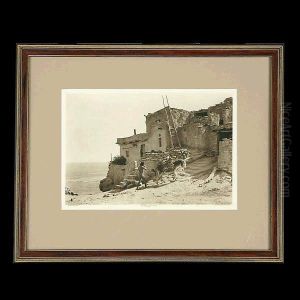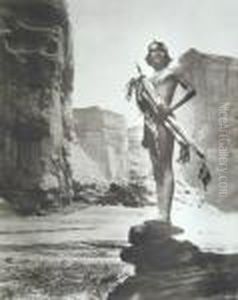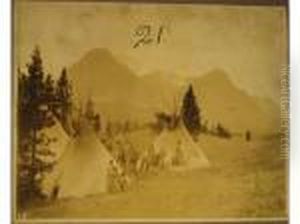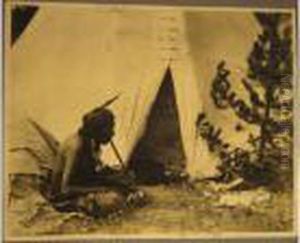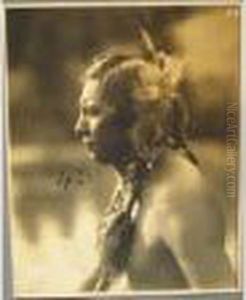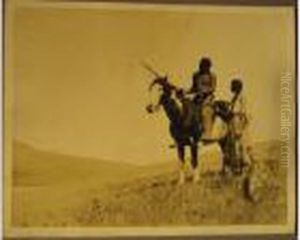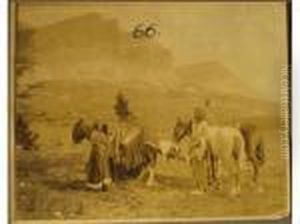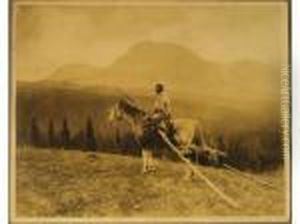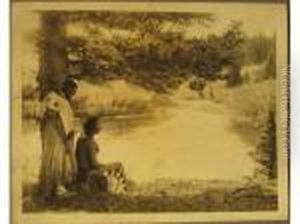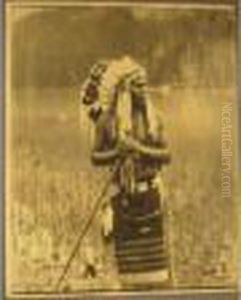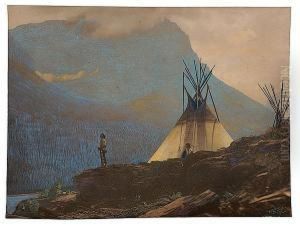Roland W. Reed Paintings
Roland W. Reed was an American photographer known for his work in capturing the lives and cultures of Native American peoples. Born in 1864 in Wisconsin, Reed developed an early interest in photography and the native cultures of the American West. His passion for both subjects led him to pursue a career that would blend these interests in a profound and artistic manner.
Reed's photographic career began in earnest in the early 20th century when he moved West and set up his studio. Unlike many photographers of his time who were content with staged or romanticized depictions of Native Americans, Reed sought to portray his subjects with dignity and realism. He spent extensive periods living with various Native American communities, learning their languages and customs, and gaining their trust. This close relationship with his subjects is evident in the intimacy and authenticity of his portraits.
Throughout his career, Reed travelled extensively across the American West, from the plains to the mountains, documenting the lives of the Ojibwe, Blackfeet, Navajo, and other indigenous peoples. His work was not limited to portraiture; he also captured the landscapes and daily lives of these communities, offering a rare glimpse into their world at a time of great change and upheaval.
Reed's photographs were widely exhibited in his time and received considerable acclaim. They were praised for their artistic quality as well as their ethnographic significance, contributing valuable insights into the cultures they depicted. Despite his success, Reed remained committed to his respectful and empathetic approach to his subjects throughout his life.
Roland W. Reed passed away in 1934, leaving behind a body of work that continues to be celebrated for its beauty, sensitivity, and importance in the historical record of Native American peoples. His photographs are considered invaluable by historians, anthropologists, and art collectors alike, serving as a bridge between cultures and generations. Reed's legacy is that of a pioneering artist who used his camera to document and preserve the heritage of Native American communities with unparalleled grace and respect.
